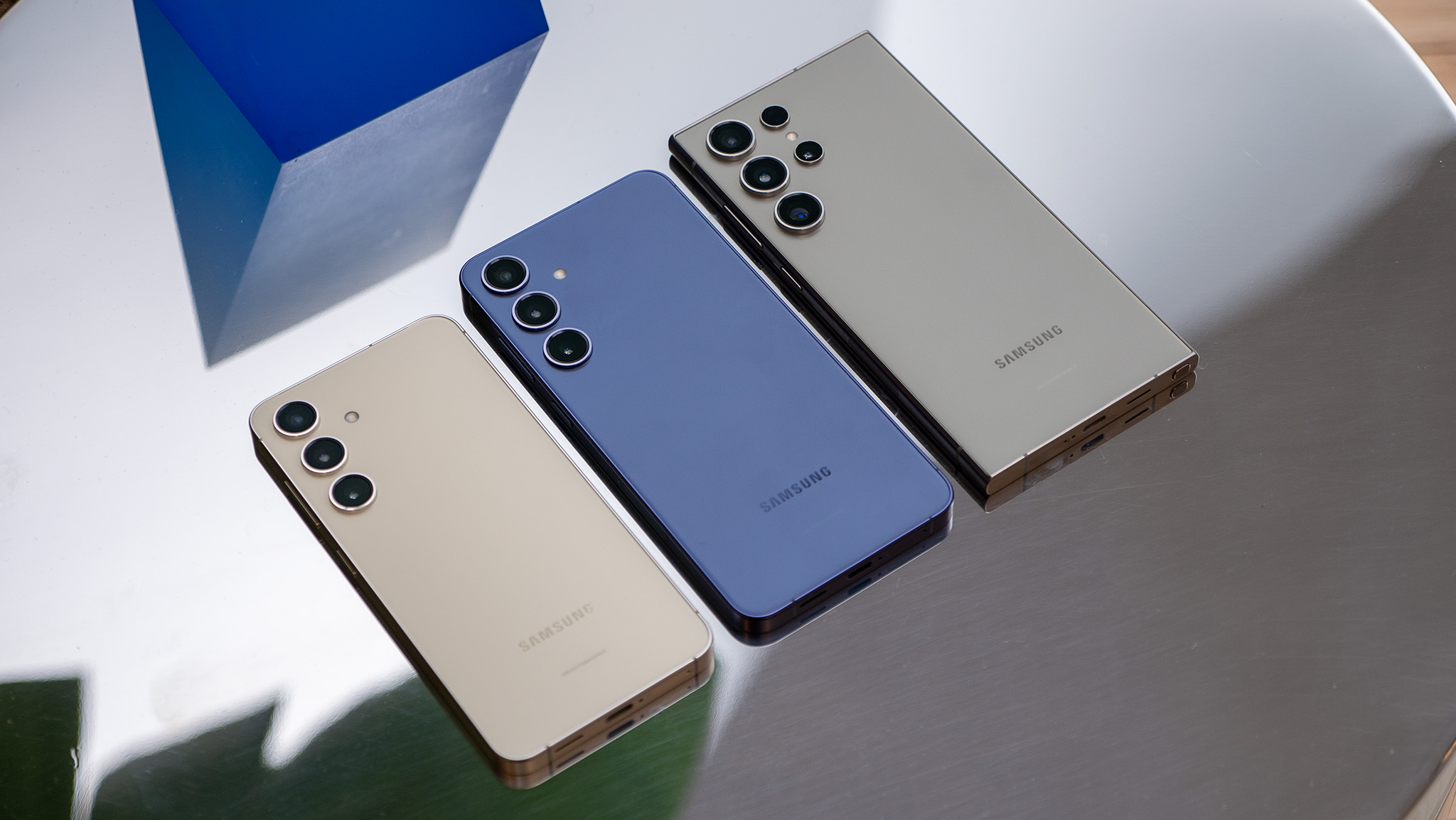Snapdragon 888 benchmarks: Here's why you should be excited for 2021 phones

The Snapdragon 888 is all set to make its way into the best Android phones starting early next year, and there's a lot of reasons to be excited for the chipset.
Qualcomm detailed the changes at the launch of the Snapdragon 888, claiming that the chipset features a 25% uptick in CPU performance and a huge 35% uptick in GPU performance over the Snapdragon 865. The chipset also includes an integrated 5G modem, offers sizeable improvements to the ISP, and has an AI engine that's twice as fast.
Qualcomm is now backing up those claims by offering the first benchmark scores of the Snapdragon 888 reference design (QRD). The reference design is a phone that features the Snapdragon 888, and Qualcomm usually flies media out to its HQ to go hands-on with the device to get a first look at the performance on offer.
But seeing as how that's not possible this year, Qualcomm ran the benchmark scores itself and shared the findings. The reference design is running the Snapdragon 888 with the Cortex X1 core at 2.84GHz, three Cortex A78 cores at 2.42GHz, and four energy-efficient cores at 1.80GHz. It has a 6.65-inch FHD+ screen with 120Hz refresh rate, 12GB of LPDDR5 RAM, 512GB of UFS storage, and a 3780mAh battery.
Snapdragon 888 benchmarks: Evaluating CPU and GPU performance
The Qualcomm reference design gives us an early look at what the Snapdragon 888 can achieve, and while these scores will differ to consumer devices like the Galaxy S21 or Xiaomi's Mi 11 series, they serve as an initial baseline. I'm pitting the reference design against the Snapdragon 865, Snapdragon 765G, Exynos 990, A14 Bionic, and the older Snapdragon 855+ to give you an indication as to just what the Snapdragon 888 has to offer.
CPU
Geekbench 5.0 (Higher is better)
| Device | Single core | Multi core |
|---|---|---|
| QRD (SD888) | 1135 | 3794 |
| iPhone 12 (A14 Bionic) | 1591 | 3467 |
| OnePlus 8T (SD865) | 894 | 3337 |
| Note 20 Ultra (Exynos 990) | 928 | 2778 |
| OnePlus 7T (SD855+) | 785 | 2792 |
| OnePlus Nord (SD765G) | 620 | 1929 |
Geekbench is a great indicator of the CPU performance for both single- and multi-core workloads. Starting with the single-core scores, it's evident that Apple's A14 Bionic still has the lead in this particular area. That has been the case for several years now, and while the Snapdragon 888 has the new Cortex X1 core and delivers a 22% gain over the Snapdragon 865, it still doesn't quite measure up to the A14 Bionic.
Be an expert in 5 minutes
Get the latest news from Android Central, your trusted companion in the world of Android
The Exynos 990 tends to do well in these single-core tests because of the custom Mongoose M5 core. But where it falls short is the multi-core results, with the chipset on par with the Snapdragon 855+. On that subject, the Snapdragon 888 pulls out ahead of the A14 Bionic, and is 12% faster than the Snapdragon 865.
It's particularly interesting to see the gains offered by the Snapdragon 888 for multi-core workloads, and this bodes well for 2021 Android flagships.
AnTuTu 8.3.4 (Higher is better)
| Device | Overall |
|---|---|
| QRD (SD888) | 735439 |
| iPhone 12 (A14 Bionic) | 568932 |
| OnePlus 8T (SD865) | 589662 |
| Note 20 Ultra (Exynos 990) | 527718 |
| OnePlus 7T (SD855+) | 496783 |
| OnePlus Nord (SD765G) | 329433 |
AnTuTu gives us a broad overview of the system-level performance across the CPU, GPU, memory, and UX. The Snapdragon 888 edges out the Exynos 990 and posts a score that's nearly twice as high as the Snapdragon 765G-powered Nord.
The Snapdragon 888 also handily beats out the A14 Bionic and Snapdragon 865, and is essentially in a league of its own. That said, I wouldn't put too much faith in AnTuTu numbers, and we'll have to wait and see if these gains make a tangible difference in real-world scenarios.
GPU
GFXBench Aztec Ruins (Higher is better)
| Device | Vulkan 1080p (Offscreen) |
|---|---|
| QRD (SD888) | 86 |
| iPhone 12 (A14 Bionic) | 99 (Metal) |
| OnePlus 8T (SD865) | 57 |
| Note 20 Ultra (Exynos 990) | 50 |
| OnePlus 7T (SD855+) | 48 |
| OnePlus Nord (SD765G) | 23 |
GFXBench Manhattan 3.0 (Higher is better)
| Device | 1080p (Offscreen) |
|---|---|
| QRD (SD888) | 169 |
| iPhone 12 (A14 Bionic) | 179 (Metal) |
| OnePlus 8T (SD865) | 128 |
| Note 20 Ultra (Exynos 990) | 120 |
| OnePlus 7T (SD855+) | 112 |
| OnePlus Nord (SD765G) | 53 |
We see a similar story play out with GPU performance. The Snapdragon 88 delivers anywhere from a 25% to 36% increase in performance over the Snapdragon 865, and is nearly twice as fast as the two-year-old Snapdragon 855. Apple's chipsets have dominated this area for nearly a decade, and the Snapdragon 888 comes closer than anything from Qualcomm to date.
That's just an early look at what's possible with the Snapdragon 888. Qualcomm has also shared similar gains around AI and machine learning workloads, and it looks like the Snapdragon 888 will be a standout option on Android flagships in 2021.
The Snapdragon 888 beats the A14 Bionic in multi-core scores — but the big talking point is GPU performance.
It is a big deal that the chipset beats out the mighty A14 Bionic in multi-core workloads. We'll obviously have to wait until we get our hands on retail devices running the Snapdragon 888, but for now it looks like the Snapdragon 888 delivers a decent performance boost in all key areas.
That brings us to another question: what do you do with all this power? Even the most intensive of Android games don't really leverage the full power on offer with the Snapdragon 865, so it stands to reason that the Snapdragon 888 won't be fully utilized. We're at a point where the hardware has more than enough headroom to run games with better visual fidelity, and the onus is now on game makers to realize the full potential of Qualcomm's latest chipset.
Phones with 90Hz refresh rates were first introduced nearly two years ago, but most mainstream titles on Android are still locked to 60fps. With the Snapdragon 888 unlocking console-quality gaming at 144fps, I'd like to see game manufacturers take better advantage of the hardware and start unlocking high framerates on visually-intensive games.
With the Galaxy S21 series slated to make its debut on January 14 and Xiaomi set to announce the Mi 11 in the next two weeks, we don't have to wait long to find out just how the Snapdragon 888 will hold up in real-world use. In the meantime, what do you make of the initial Snapdragon 888 benchmarks?

Harish Jonnalagadda is Android Central's Senior Editor overseeing mobile coverage. In his current role, he leads the site's coverage of Chinese phone brands, networking products, and AV gear. He has been testing phones for over a decade, and has extensive experience in mobile hardware and the global semiconductor industry. Contact him on Twitter at @chunkynerd.
